How Can We Reboot Tourism in India?
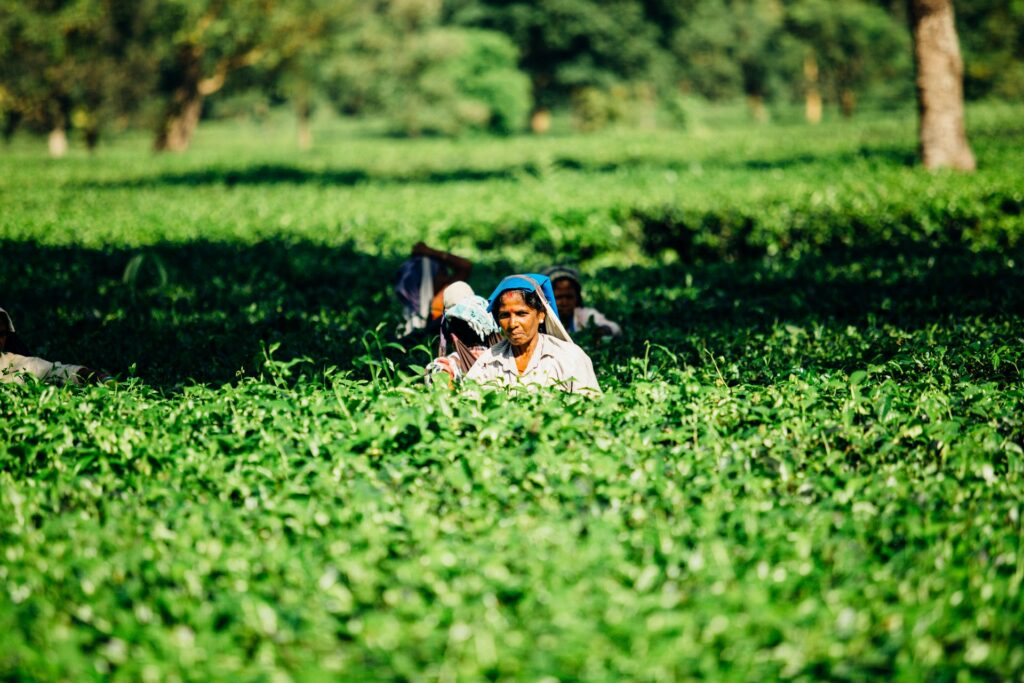
By Rohit Kapoor, CEO, India & South-East Asia (INSEA), OYO
The last 15 to 18 months for the entire world have been extraordinary: we have never seen such a time before and hopefully we will never see this phase ever in our lives.
I think what we have truly witnessed is a world without any playbook. In March 2020, COVID hit various parts of the world including India and we had no playbook to prepare for this multi-faceted crisis. As the second wave hits now, I think it is a matter of deep concern and hopefully the vaccinations will be ramped up rapidly in India, along with the test rates and isolate protocols. The solace is that we have seen this once; so the world, India, the healthcare system, the industries and everybody are better prepared to deal with the pandemic in the second phase.
But, let me just step back a little bit and talk about what I have seen personally over the last 12 to 15 months, what we as an organization have learnt over the last year and a half in terms of the big emerging trends. Some part of what I am going to tell you is informed by what we have seen in our business, some is informed by industry reports and what experts are saying, but a very large part is also from my own travel.
I have been on the road from almost July 2020 onwards. Initially the first three to around five months was extensively road travel. I took the opportunity to go far and wide from Delhi – as far as you can with a car – to Uttarakhand, Rajasthan, Himachal, Uttar Pradesh, Madhya Pradesh, almost all of Central and North India. When air travel opened and became much safer, I started travelling by airplanes. So, a few things are coming back as normal but let’s talk about the things that are really big changes in nature.
1. Domestic tourism
What could be a phenomenon for India in 2021 – 2023 period, given the circumstances, is a big impetus on domestic tourism.

We have spoken about domestic tourism for a long time – even before COVID-19. In January 2020, our Prime Minister Narendra Modi gave a clarion call of ‘Dekho Apna Desh’ – a tourism campaign intended to boost domestic travel in India – but it has not taken off in a way we had all imagined in the past. Over the last 6 to 12 months, we have seen signs of domestic tourism happening where all the wallet share that we have spent overseas is coming back to India. I firmly believe that as the second wave subsides, we would see domestic tourism in a far greater force, happening not only in the top destinations of India but more other destinations as people started to explore unknown places.
I shall give you a simple example. When we talk of river rafting, we always think of Rishikesh and the beautiful river rafting there. But I went to Orchha in March 2021; river rafting in Orchha is actually very scenic and beautiful. This is the kind of destinations that would get popular as more people go there and talk about it. So, I am very bullish on the future of not just the big destinations in India but also smaller destinations, especially those that are within driving distances of large urban clusters from where bulk of the tourist traffic goes out.
2. Micro vacations: Shorter yet more frequent trips
In terms of patterns and new things, there are some interesting observations.
One is, people are breaking up vacations into smaller periods – they are taking trips that last three to four days only but they do it much more frequently. So the concept of taking one or two vacations in a year in summers and winters seems to be shifting and seasonality seems to be getting more even down.
Another observation is workation and flexcation. As people are more flexible to work from anywhere or school from anywhere, they are seeing that it is much alright to combine work and travel. For example, if there is a weekend coming up with an additional Friday holiday, they could go out to travel from Thursday onwards. While they are in a different location, they shall continue to work from there because that is possible. So, we would see couples, individuals, and families taking a lot more micro vacations – if there is a term like that.
3. Small hotel vacation homes
Small hotel vacation homes would become a rising trend because intuitively, there are fewer touchpoints and fewer banquet areas. That seems to give people a lot more comfort in terms of hygiene, safety protocols and also personalisation. They could stay there and feel that it is their own space as there are very few people around.
In a very odd way, high touch was considered luxury in the pre-COVID world; yet today, low touch with all the other comforts available through technology and other means seems to be the new preferred option for consumers.
4. Strong demand for nearby destinations and revival of religious places
Nearby destinations where people can go by road will keep seeing strong tourist traffic.
Also, we would see the revival of tourism towards religious places.
Most people, especially in the age group of 45+ who like to go for religious tourism, have not been able to do so for the last 12 to 15 months. As the outbreak subsides, and when a greater population above 45 specially gets vaccinated and feels safer – which subsequently makes others including their own kids and family members feel safer around them, we would see a strong revival to places like Tirupati, Puri and dozens of such spiritual tourism destination hotspots in India.
5. Different formats of tourism
I shall move on to a very different topic, that is, the discovery of India at a very different level.
This is not just Orchha that is still a larger destination, but people are choosing to go and experience real farm stays, rural stays, and other different formats of tourism.
Typically, before COVID, when people went on a vacation, they would want to visit four to seven places within the same travel itinerary. I think we would see fewer and fewer of that kind of travel because of very intuitive reasons. First, people just do not want many touch points. Second, there are some travel restrictions in some places. So what’s happening is that people the experience more than counting the number of places they visit. People want it to be highly experiential in nature and that presents a huge opportunity for rural stays or farm stays.
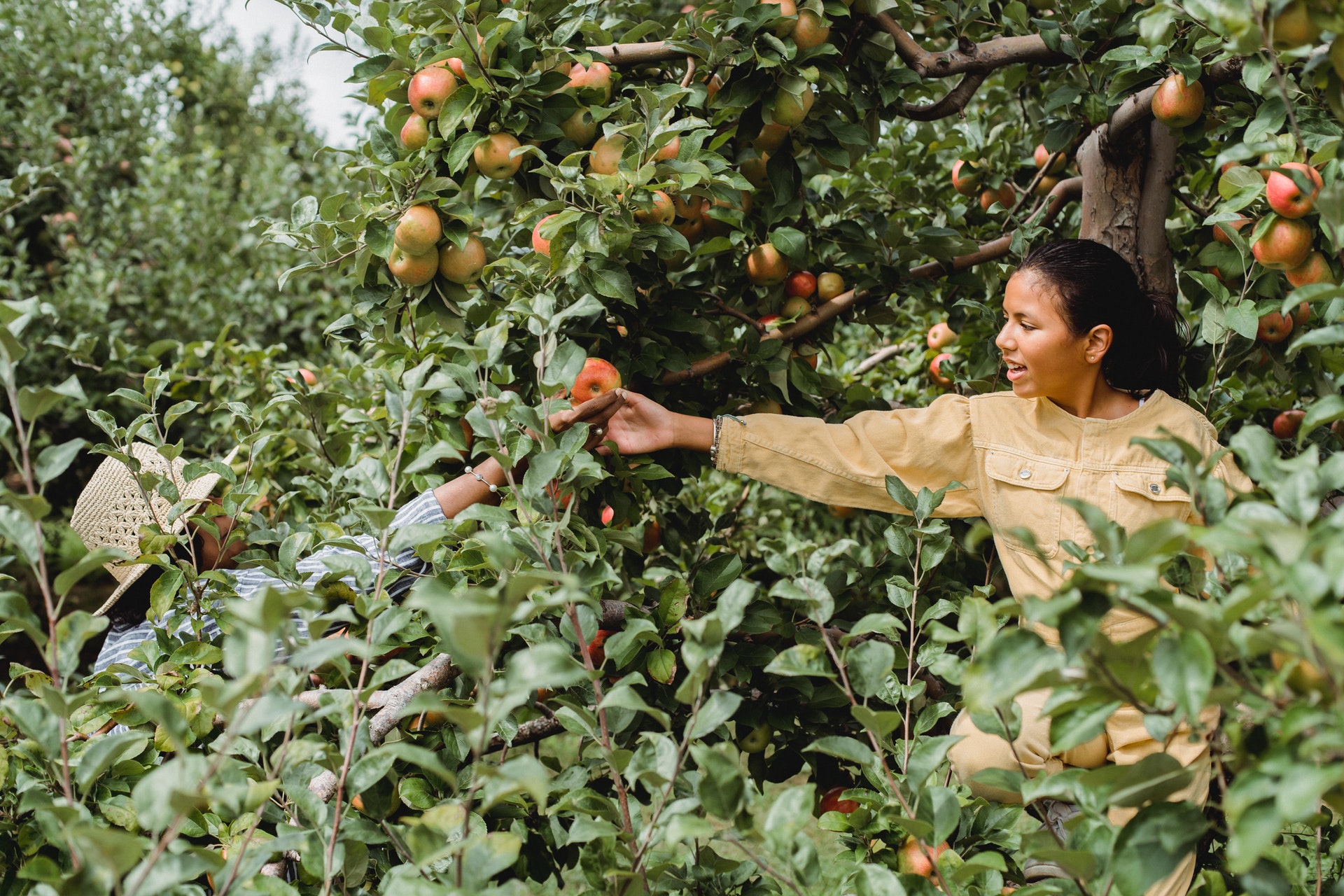
I personally stayed at a rural stay in Madhya Pradesh and it was wonderful. I could get up in the morning right in the middle of the farm with fresh vegetables and very low risk of COVID-19 because there are only a few people out there. So those experiences are going to be highly mainstream as we go forward.
6. Going digital
Let me talk about something that has been so spoken about during the pandemic – not just for travel and tourism but for the entire world. That is, the emergence of digital as a big force of nature.
Calling digital “a big force of nature” is a little odd, but, I can tell you that it is driving and appending businesses everywhere across categories.
Here I would like to touch on three specific points that are pertinent in my opinion.
One is when the last lockdown happened in March – April 2020, we saw a whole new consumer segment came to digital. People came to digital not to book a ticket nor a room. Most of them went online to buy a grocery or vegetables, or just order usual household items because they were not able to go out so they adopted technology at that point. Now the beauty is when people adopt technology for one use case which could be from one industry, it doesn’t stop there. It suddenly becomes very comfortable knowing that they can use a digital platform to access their requirements and that has already started happening and will slowly converge to travel and tourism in a significant way.
So my message to everyone in the travel industry is: There is no point in fighting technology.
There is absolutely no point in fighting new models. It’s time to embrace technology – to understand what it can do to your business, what it can deliver for your consumers and embrace it not as a good thing to do, BUT a core. That is something I and my team have done over the last one year in a major way and, thankfully, our partners have adopted technology in a significant way too.
I shall give you a few examples. When the call centers got appended, chat bots became mainstream. As technology shapes up fast, chat bots has become extremely smart. They can instantly pick you up and personalise very quickly to address your enquiries.
Another example is pricing. In a world of where pricing is changing so rapidly, with algorithms and machine learning, we can see real-time data and adjust pricing based on data analytics, which tell us that this is the kind of pricing levels.
I just see that technology is going to be the big differentiator, not just in terms of whether you should use it or not use it; I don’t think that question is available as an option anymore. My message to everyone in the sector, especially millions of small hotel owners across India and the world, is that technology is something that all of you should look at, learn and really truly embrace.
7. Hotels and homeowners
Over the last one year, I have met many of our accommodation partners and hotel owners during my visits and they have been kind enough to host me in several places. There are five things to note and this especially applies to small hotels and small homeowners.
First, they want to be back in business because of three reasons: (i) it is their only occupation, the only thing they do and it is very important for them to get back to business; (ii) they understand that in their micro markets if they are not back to business, they would lose their competitor advantage vis a vis other hotels; (iii) as large chains have done their own cost restructuring and adopted technology to adapt to the new world, their ability to meet the cost of servicing at lower occupancies is much better than it was before COVID-19. That is why we are seeing more hotels opening up every, which is a much better option than being not opened and waiting over a prolonged period for COVID-19 to go away.
Second, the staff at the hotels or the property managers are highly mobile savvy. They are truly a mobile first generation and it is relatively easy for them to understand, appreciate and adopt technology to manage hotels. Using technologies to run a hotel business has become a second nature.
Third, hotels and homeowners are extremely observant on what the consumer patterns are and how they are changing to quickly adapt their businesses in that direction. For example, it is from our hotel owners that we picked up that although the rooms have been cleaned, our guests also want to see some part of the rooms being cleaned when they are there. So apart from sanitising before the guests come in, we give our guests the option to see the remote, the switches, door handles, etc. being cleaned in front of them. That not only makes it safer but also gives guests a mental comfort upon checking in.
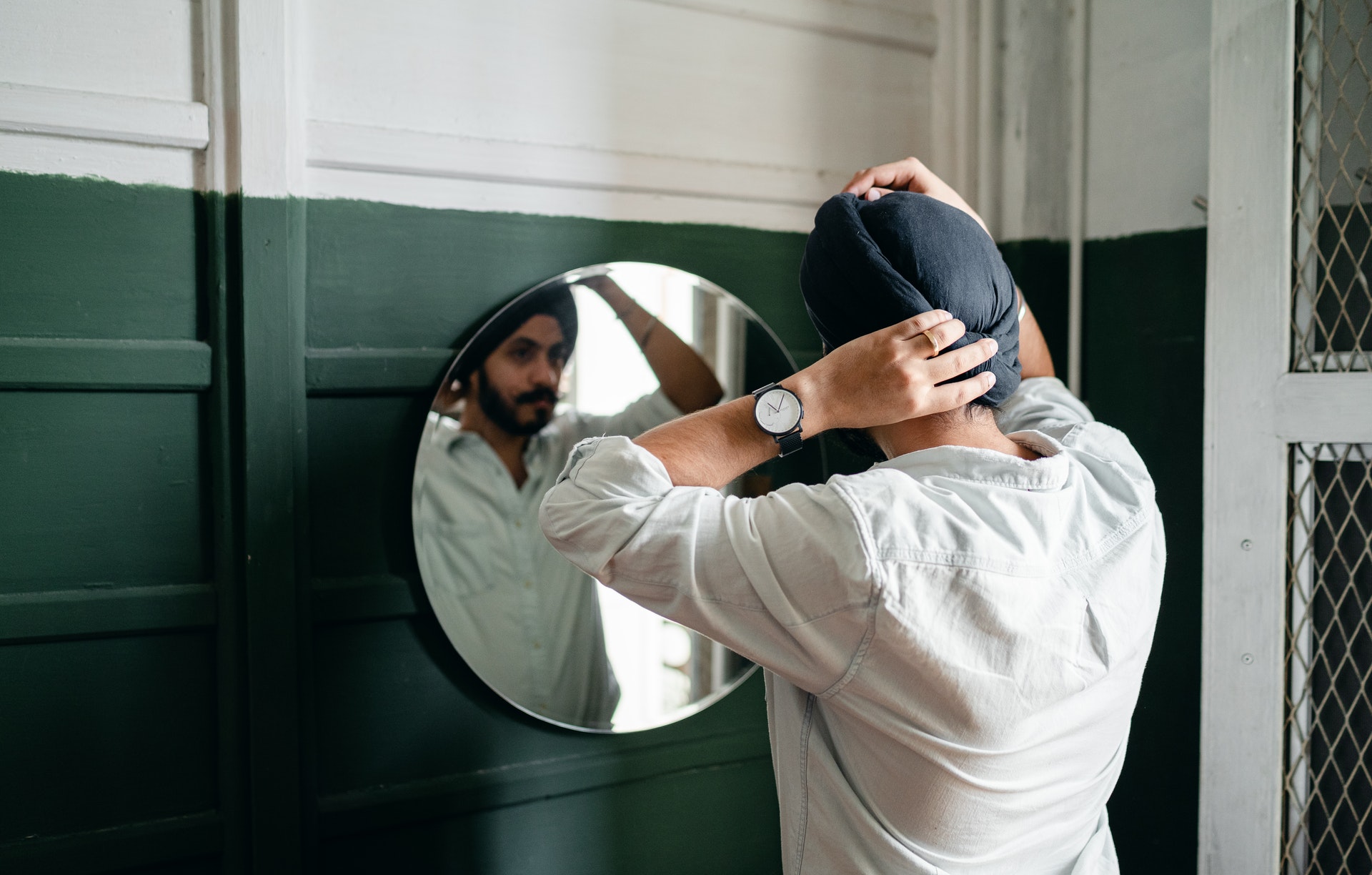
Fourth, hotels and homeowners are genuinely excited about domestic tourism and they understand that the shift is a big opportunity for them. They are receiving customers who probably have not travelled within Indian for their leisure vacations for the last two or three years. That is fantastic because we believe as the world comes back to a better place, this trend will continue.
Last but not the least, hotels and homeowners can create a positive impact on other small businesses. For example, when a hotel opens up, the ecosystem around that including the travel guides, the small restaurants down the street, the small coffee shops, the tea sellers on the road and everybody gets business. One of the most moving parts of my discussions with hotel partners was when a partner literally took me out of the hotel, stood and said, “When travellers come here, around five or six businesses start their engines. So it is so important for the world to unlock and the customers to come back and travel.”
8. Conclusion
To conclude, as we are in the middle of the second wave, people are worried and rightfully so; but, I am confident that as a fraternity and as a community, we could navigate through this crisis. I personally believe with vaccinations, we would see this wave to subside, and the hotel industry – which have survived and thrived in the last 12 to 15 months – would truly win when the world comes back with higher occupancies. Hotels have been doing very well to manage their cost structures, technology, their own emotions and their customers. They will continue to become just better at it.
I think we have learnt and we have become stronger. So have our partners, consumers and everyone else.
Lastly, I would like to emphasise to everyone that every person who travels does great good to themselves because travel is therapeutic in nature. That is the way you connect to the world and discover the world. Beyond that, every travel helps four to five families / businesses wherever you go. So, when the world is safer and you feel better, please do travel.
Patronize small hotels and homes.
Patronize small businesses around the places you go.
Patronize the travel guide because they have been waiting for this to happen for close to 2 years or more.
Travel is an industry that powers not only the households who directly belong to the sector but many beyond that.
I wish all my colleagues, partners and fellow companies all the best in navigating this crisis and I am optimistic that we will all come out much stronger in a few months’ time.
Take care.


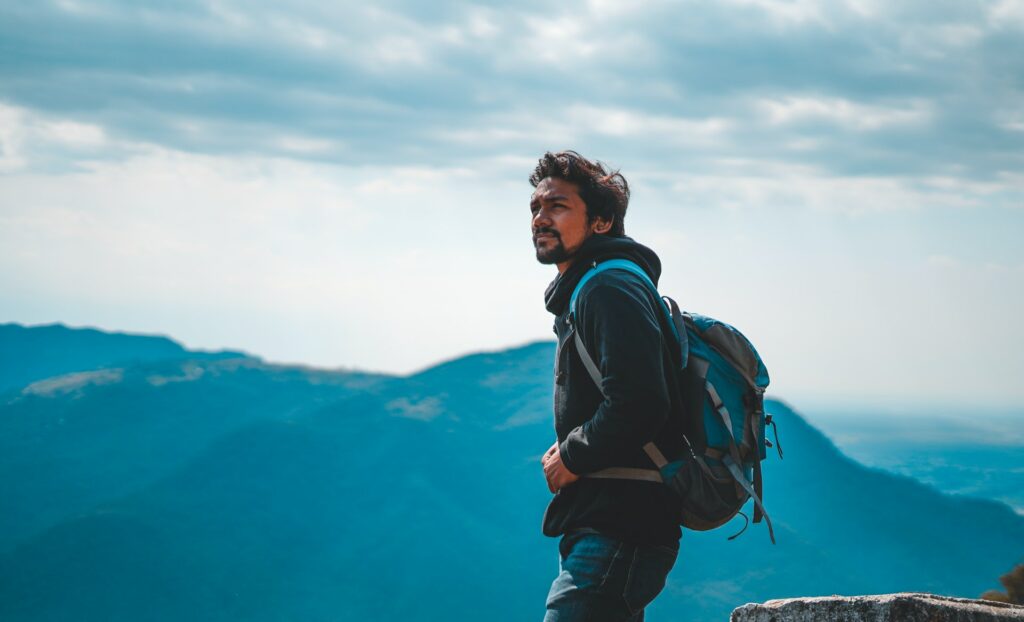

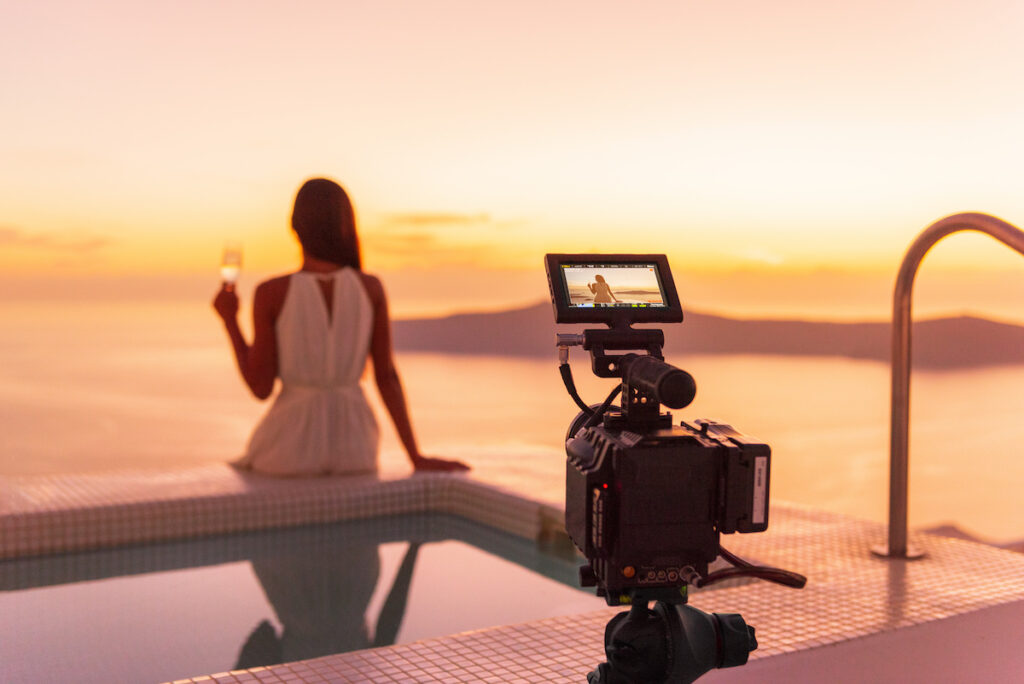

Wonderful read Rohit. Thanks for sharing your insights. I agree and subscribe to many of the points you have put across.
I just got back from a 30 day road trip covering pan India which is something we don’t get to do often though I wish every tourism business owner/products department owner should religiously do which is to travel across India in one go , on road, no other agenda but to simply observe tourism behavior – production, transaction and consumption, across categories. This exercise is a mind bender and gives a huge canvas to paint on, be it new product /service design, new business strategy and most importantly to validate if our current stance is of relevance, does it hold good in offering maximum value to the customer money spent.
Here are few points of ideas I would like to share along with your wonderful observational
1. Customer facing side of the tourism industry ( touch points where the service is actually being consumed ) is very tech savvy, young and actually knows how to quick-fix bugs and errors while using digital gadgets then and there- be it a a guide , a waiter, doorman, security, a cigarettes’ shop vendor, rikshaw driver, shoe polisher, boatman, hotel receptionist, room service…. The problem lays few streams up in the value chain , (eg) are the tour companies and property owners in sync with dynamical change happening in epic proportions over the past 18 months. To me, this is a new opportunity to create more value for the customers money, create more opportunities and dignity for the bottom of the pyramid.
– Ive come to realise many of the roles on the service delivery side need not necessarily mandate basic tourism education or tourism experience at all.There is talent, there is good intent, there is ethics, there is consistency . Which in way to me is what service industry is all about . How can we efficiently integrate this talent into our business model.
– All along the high foot-fall tourist areas which use to be infested with con men, shady guys, petty thieves is dramatically getting replaced with young entrepreneurs ,honest, and highly driven and they mean business. How can we integrate these micro enterprises into the mainstream value chain
– Cleanliness and hygiene – For few years on, Indore has been rated continuously as the most cleanest city in India, but actually even the surrounding towns villages and tourist attraction of the state of Madhya Pradesh is intensely driven towards this new fond obsession. Again its the youth which is the key driver of this transformational change. How can other states learn from this.
2.Demand Supply – Whilst I agree with you there is going to a huge demand ( my instinct tells me this is definitely and scarily the biggest we have ever seen ) from the Indian market side be it domestic,inbound or outbound. The problem clearly lays on the supply side to deliver and execute. Did we put to good use of the 18 months of downtime to look into this aspect . Was the capacity cleaned repaired / maintained be it a car, room , aero plane, roller coaster , washing machine, cable car, boats and the life jackets …. Honestly , my observation tells me this is where the danger lays. To put it simply – Every single cost inputs of a tour program is like a dangerous and hazardous item except the human inputs.
– Big brand self drive car companies are dishing out vehicles which are dangerous leave alone being in bad condition .
-Big brand airline company had a shaky, squeaky seat and a faulty seat belt. The entire tone and conduct of the service delivery staff was pure arrogant to put it mildly. They have cut down on almost all of the mandatory cost items ( which are paid for by the customer)
– Big brand hotel company – same scenario as the airline above had leaky taps, broken window glass, bread and omlette / idly and dosa as the only choice for breakfast . This is for an executive room in a 5 star business class hotel.
Debt
This is a clear and present danger item specially at the bottom of the pyramid which we need to address as an industry in an ideal situation . It will surely have a huge cascading effect across the industry if not systematically addressed by government private initiative. Every single business at the bottom end has a huge debt and they simply dont know how to manage it . The worrying thing is the fact that it will have a direct impact on industry pricing and quality delivery of what ever tourism product it is .